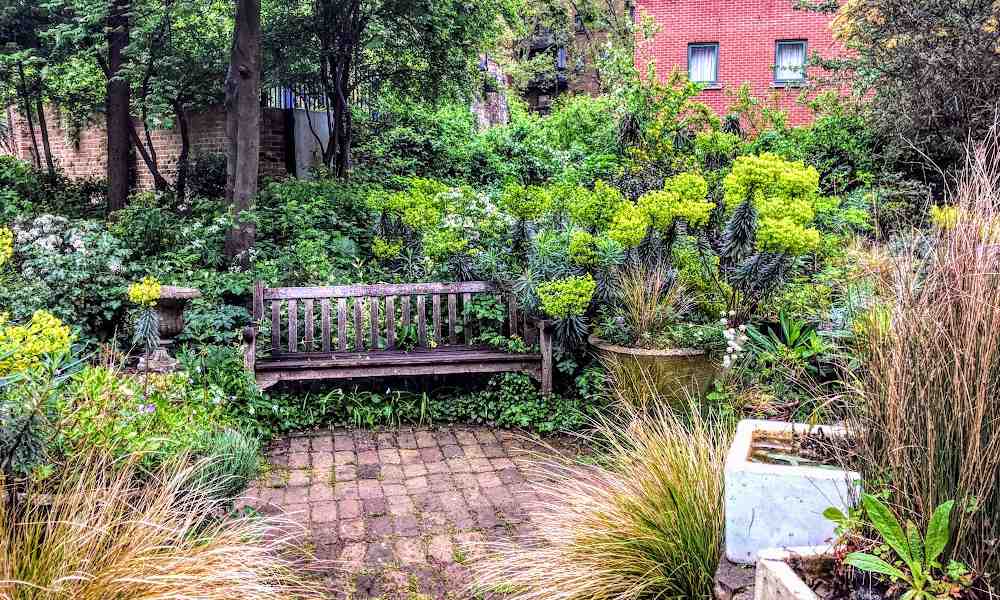I decided it was time to pay St Giles in the Fields a visit after continuously being reminded that this church was the last building seen before the gallows at Tyburn by those condemned to be hanged would ever see.
Brief History
The first recorded church on the site was a chapel of the parish of Holborn attached to a monastery and leper hospital founded by Matilda of Scotland in 1101. The monastery was dissolved during the reign of Henry VIII. The parish at the time covered a large area, stretching from Lincoln’s Inn Fields in the east to what is now Charing Cross Road in the west, to Seven Dials in the south, and including all of Bloomsbury. This was when the words ”in-the-fields” were added to its name.
The early church fell into disrepair and a new structure was built between 1623 and 1630.

The first victims of the 1665 Great Plague were buried in St Giles’s churchyard. Due to the high number of plague victims buried here the soil suffered from serious dampness and the church was once again destined for ruin.

The parishioners petitioned for a grant to rebuild and were initially refused because it was not a new foundation according to the Commission for Building Fifty New Churches. They were eventually allocated £8,000 (a good few million in today’s money) and a new church was built in 1730-34. This is the St Giles you see today.

Halfway Stop For Newgate Prisoners
St Giles in the Fields marked the halfway point to the infamous Tyburn gallows where Newgate prisoners sentenced to death would meet their maker. Convicts would begin their last day at Newgate Prison in the City. They’d then be paraded on a horse and cart on a very public journey through St Giles in the Fields, down Oxford Street, before arriving at the Tyburn Tree – their final destination. Upon arriving at St Giles the churchwardens paid for the condemned to have a drink at the pub next door, The Resurrection Gate, (now known as The Angel) before they went on to be hanged, a custom that had started in the early 15th century.

By the time the procession between Newgate and Tyburn ended in 1783 the area to the north side of St Giles High Street as far as Great Russell Street became one of the poorest parts of London, known as St Giles Rookery, described as full of common lodging houses and gin shops.

The Hidden Garden
There is not much to do and see at St Giles on a Saturday as the church is closed, so sadly on this visit, we could not go inside. However, if you are within proximity of St Giles and the weather is with you pay the Phoenix Garden a visit. Sometimes you just want to get away from the madness of London and contemplate in peace for a while. The garden is surprisingly close to the busiest part of central London (Tottenham Court Road & Covent Garden) and is ideal for grabbing a few minutes of respite before getting back to it.

The Phoenix Garden has no historical significance other than it now stands in what would have most likely been an overflowing burial ground back in the 1600s. The garden was built on a disused car park in the 1980s.

This little beauty is bristling with all manner of wildlife and receives no council funding so relies on public donations to stay open.

The garden entrance is located at St Giles Passage, which is just at the back of St Giles in the Fields.







